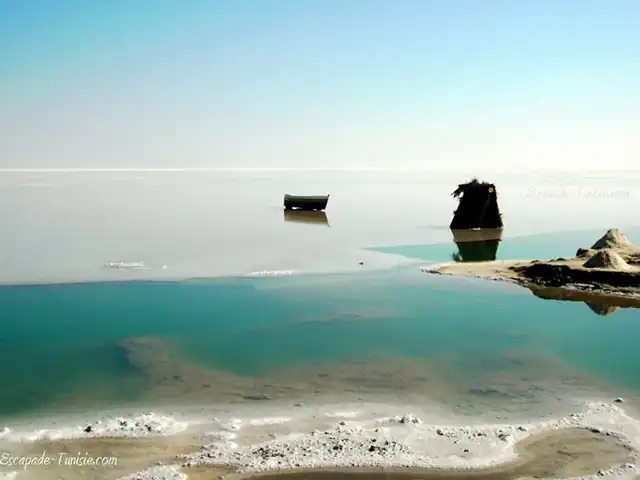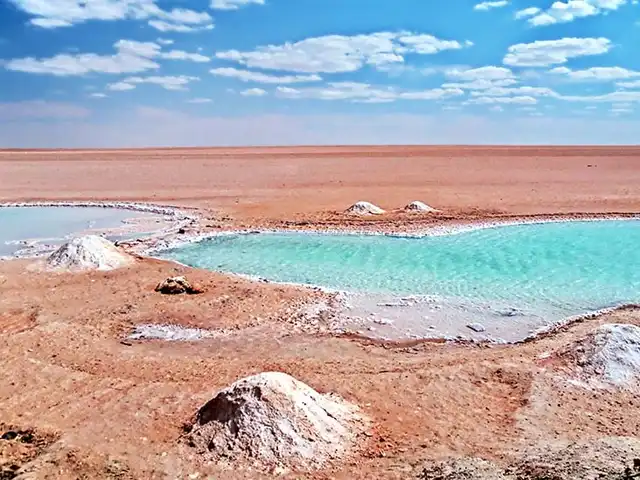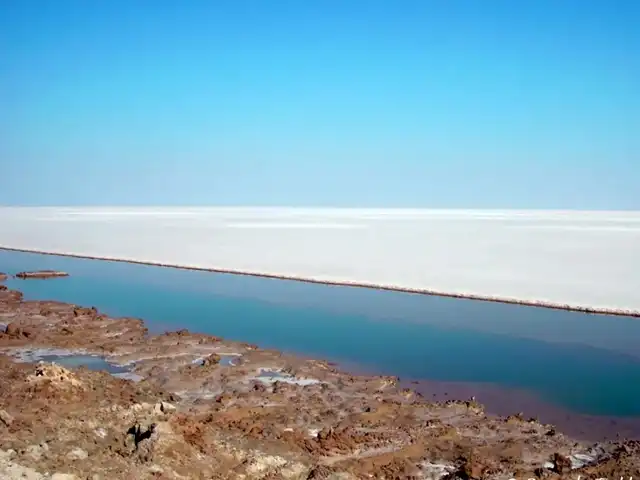The salt lake
Chott Djerid
Chott Djerid is a salt lake located in southern Tunisia. It is one of the largest salt pans in the world and is an important wetland habitat for various species of birds, including migratory birds that travel long distances from Europe and Africa. The lake is also an important source of salt for the local population, and its unique landscape is a popular tourist destination. Despite its importance, Chott Djerid faces various environmental challenges, including water loss and the intrusion of salt into surrounding agricultural land. Efforts are underway to address these challenges and preserve the lake’s ecological and economic significance.
The Chott Djerid salt lake is the largest saline plain or sebkha in Tunisia with an area of approximately 5,000 km2. It is the largest sebkha in the Maghreb.
On November 7, 2007, the site was designated a Ramsar site. On May 28, 2008, the Tunisian government proposed the site for future classification on the UNESCO World Heritage List.
Almost a hundred kilometers long from east to west, the Chott el-Jérid extends to its eastern tip by the Chott el-Fejaj. Deployed on an east-west axis between Nefta in the west and El Hamma in the east, the whole covers practically the width of southern Tunisia, between the Gulf of Gabès and the Algerian border, respectively distant from the chott by about twenty of kilometres.
The Chott Djerid salt lake is located in a synclinal hollow, at the limit between the Tunisian mountain ranges and the Saharan platform. Its current altitude is 15 to 20 meters above sea level.
Discover the largest salt lake in Africa dominated by the Saharan Atlas mountain range and its surroundings, and marvel at this breathtaking expanse of salt that stretches as far as the eye can see. Admire this salty landscape with its mirages above the horizon and revel in this optical phenomenon that marks the depression of the salt.
The salt lake in pictures


